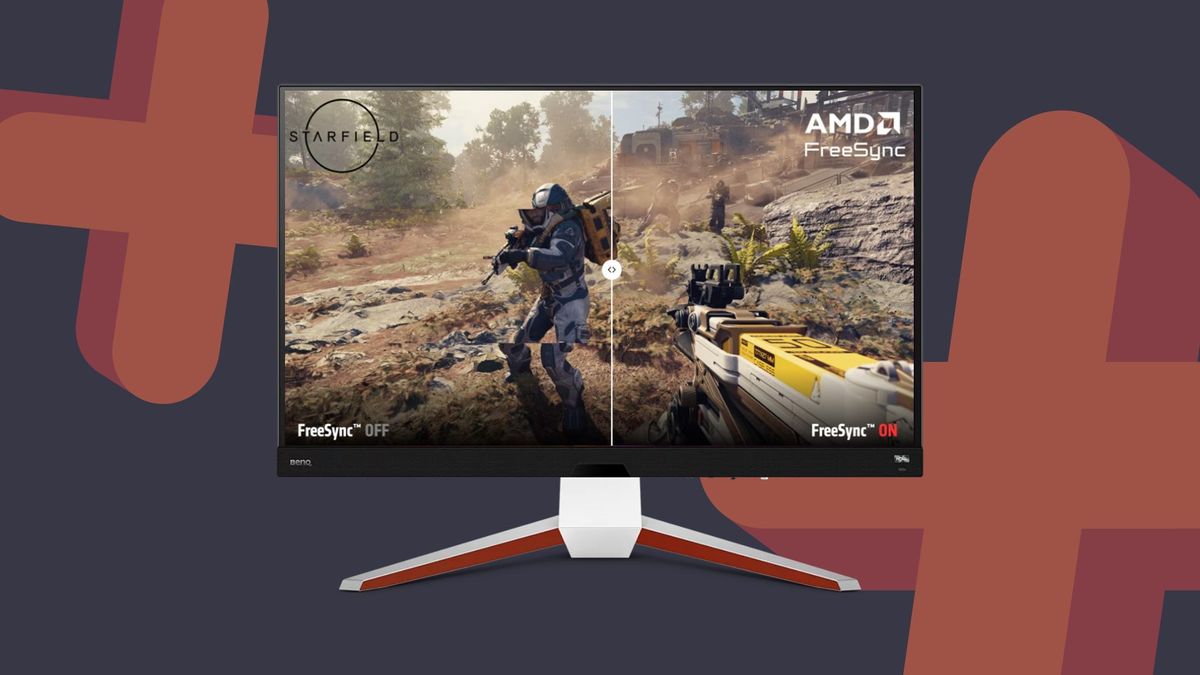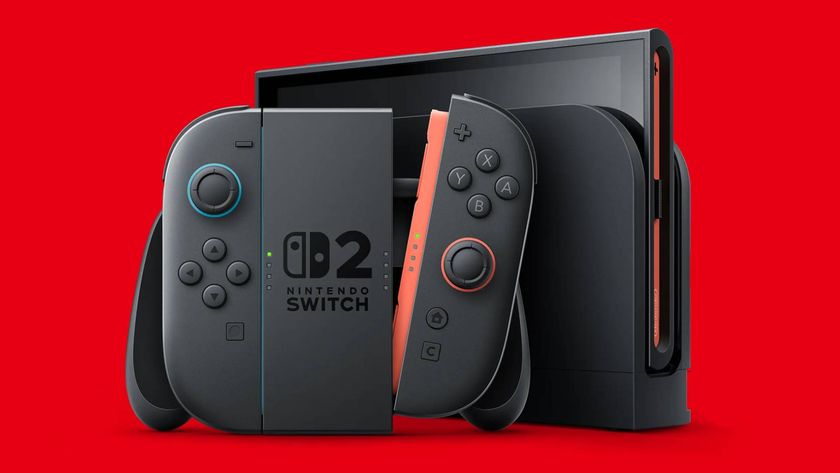AMD FreeSync now want your new 1080p monitor to support at least 144Hz
Are 1080p 60Hz monitors becoming a thing of the past?

Minimum requirements for AMD FreeSync have received a refresh, and 1080p gaming monitors and TVs will now have to hit 144Hz or higher. The change means if you want to pick up a screen that prevents tearing using the graphics card tech, you’ll have to opt for a model with a faster refresh rate.
Admittedly, most of the best gaming monitor options out there right now support at least 120Hz. Sure, big budget screens are still clutching onto the refresh rate standard, but there are now also plenty of gaming TVs that will offer up faster visuals when hooked up to a gaming PC. Simply put, display tech has evolved to embrace speed, and these AMD FreeSync minimum requirements changes are a reaction to that.
In a new blog post, AMD touches on why future new FreeSync 1080p screens will now require over 144Hz. According to the graphics card giant, “60Hz was considered great for gaming” back when the tech made its debut, but “today, the majority of gaming monitors are 144Hz or higher, which clearly shows the upward refresh rate trend in the industry.”
Simply put, AMD is getting with the times by refreshing its minimum requirements, and changing the bar means embracing faster refresh rates and panel types. It’s worth noting that existing displays won’t be cut off from support, and 60Hz gaming laptops with the feature will still exist for now. However, if you’re purchasing a new screen, it will have to hit the following specs to support FreeSync:
| Header Cell - Column 0 | Notebooks | Monitors and TVs |
|---|---|---|
| FreeSync | Max. Refresh Rate: 40-60 Hz | <3440 Horizontal resolution: Max. Refresh Rate: ≥ 144 Hz |
| FreeSync Premium | Max. Refresh Rate: ≥ 120 Hz | < 3440 Horizontal resolution: Max. Refresh Rate: ≥ 200 Hz ≥ 3440 Horizontal resolution: Max. Refresh Rate: ≥ 120 Hz |
| FreeSync Premium Pro | AMD FreeSync HDR on top of FreeSync Premium requirements. | AMD FreeSync HDR on top of FreeSync Premium requirements. |
In any case, this change is a sign that companies see 60Hz gaming monitors as a thing of the past. I’d still argue they have their place within the scene today, especially if you’re using a Steam Deck dock or aiming for lower, stable refresh rates on a budget PC. I guess the point is that modern GPUs are powerful enough not to need a helping hand running games at 1080p 60fps without things getting visually messy, serving as a testament to progress rather than a commentary on antiquated refresh rates.
Should you buy an AMD FreeSync monitor?

When picking up a gaming monitor, features like FreeSync and Nvidia’s G-Sync might not be at the forefront of your mind. However, both are a godsend when it comes combating screen tearing and latency, and FreeSync specifically will cater to players with Radeon graphics cards in their rigs. That’s not to say you can’t use the perk at all if you’ve got a GeForce card, as AMD’s tech will work with “G-Sync compatible screens”, but the results aren’t quite as effective as full blown FreeSync Premium and panels with Nvidia’s hardware built in.
Deciding which V-Sync alternative to go for depends on your PC’s graphics card and how much you’re willing to pay. Since FreeSync Premium Pro and Nvidia G-Sync use chips within compatible screens, you’ll find that the price of said models is generally higher, but often comes as standard with some premium panels like the Samsung Odyssey OLED G9. Chances are that you’re going to end up with some sort of FreeSync or G-Sync compatibility no matter which screen you choose, and elevated tiers of the tech are considered an additional luxury.
Sign up to the 12DOVE Newsletter
Weekly digests, tales from the communities you love, and more
Looking for a UHD display? Check out the best 4K gaming monitors for super sharp solutions. Alternatively, swing by the best monitor for PS5 and best monitor for Xbox Series X for console flavoured screen options.

I’ve been messing around with PCs, video game consoles, and tech since before I could speak. Don’t get me wrong, I kickstarted my relationship with technology by jamming a Hot Wheels double-decker bus into my parent’s VCR, but we all have to start somewhere. I even somehow managed to become a walking, talking buyer’s guide at my teenage supermarket job, which helped me accept my career fate. So, rather than try to realise my musician dreams, or see out my University degree, I started running my own retro pop culture site and writing about video games and tech for the likes of TechRadar, The Daily Star, and the BBC before eventually ending up with a job covering graphics card shenanigans at PCGamesN. Now, I’m your friendly neighbourhood Hardware Editor at GamesRadar, and it’s my job to make sure you can kick butt in all your favourite games using the best gaming hardware, whether you’re a sucker for handhelds like the Steam Deck and Nintendo Switch or a hardcore gaming PC enthusiast.











